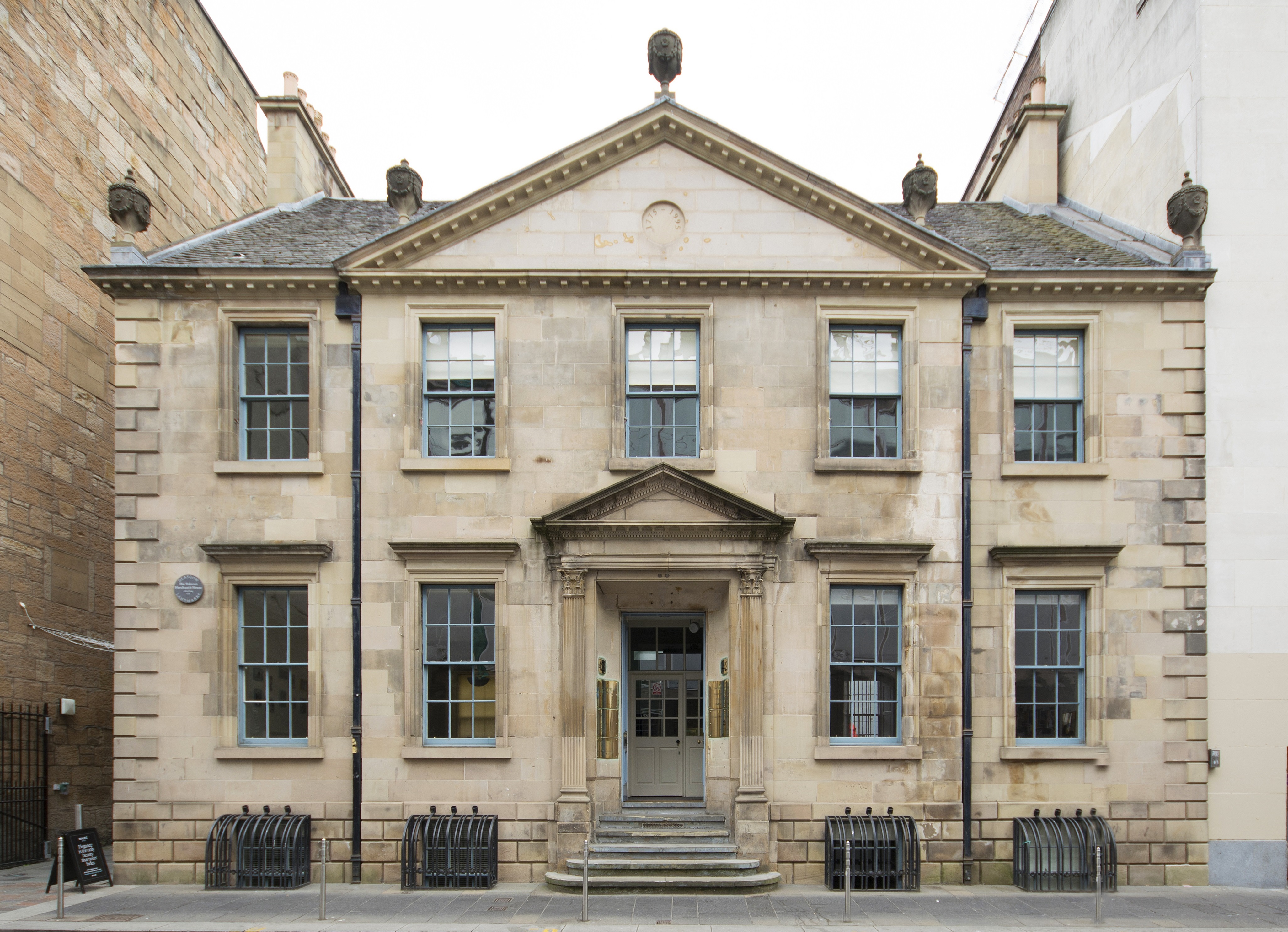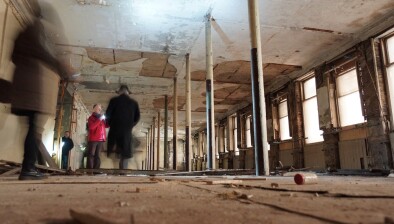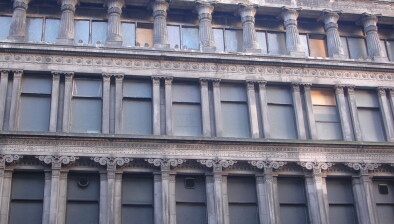Campaign launched to protect historic Tobacco Merchant’s House
Scottish Civic Trust has announced a campaign to protect Glasgow’s A-listed Tobacco Merchant’s House.

The ‘Written in Stone’ campaign from the national body for Scotland’s civic movement seeks to establish a capital fund to cover the cost of future major repair works and ensure the preservation of this historic gem and the many stories held within its walls.
Since 1995, the Trust has called the Tobacco Merchant’s House home. A Palladian jewel, nestling quietly in a busy urban streetscape, this little house is not only a rare example of an elegantly proportioned 18th century villa, but a powerful reminder of how far Scotland has come in our civic and social journey.
With ownership of a historic building comes responsibility - the Scottish Civic Trust are custodians of both its architectural heritage and its wider historic, social and economic heritage. The Scottish Civic Trust invites all with a passion for Scotland’s buildings and civic movement to contribute to the Written in Stone campaign by leaving a gift in their Will to protect the Tobacco Merchant’s House for future generations.
Sue Evans, chair of Scottish Civic Trust, said: “We wish to ensure that the Trust’s home at the Tobacco Merchant’s House is properly safeguarded and managed. We have sufficient initial funds to undertake some immediate resilience and maintenance work, but will need more public support in the coming years to maintain the upkeep of the building. In this way, we and our supporters will ensure that it remains a beacon for and reflection of the civic movement in Scotland.”
The Tobacco Merchant’s House was built by John Craig in 1775 and is all that remains today of a row of ‘self-contained gentleman’s villas’. Its purchase, in 1782, by a tobacco importer Robert Findlay, earned the house its name and a place in Scotland’s history, a salutary reminder that slavery once fuelled Glasgow’s fortunes and was not viewed with the abhorrence it is today.
The house survived vast industrial and commercial changes that swept through the city as well as a fire that destroyed neighbouring warehouses; during the 19th and 20th centuries, it became home to a succession of businesses, from gas to glass and jewellery to cotton, before falling into disuse and dereliction. In 1989, facing demolition despite its A-listed status, the house was rescued and restored by the Glasgow Building Preservation Trust and purchased, in 1995, by the Scottish Civic Trust.
John Hume, fellow of the Scottish Civic Trust and architectural historian, said: “Nowhere else in the city, not even in Provand’s Lordship can we see such a summation of what has been Glasgow’s urban experience during its transition from a compact town to a major city. 42 Miller Street is above all still a living, breathing building, not a museum, truly lovable and loved.”

















